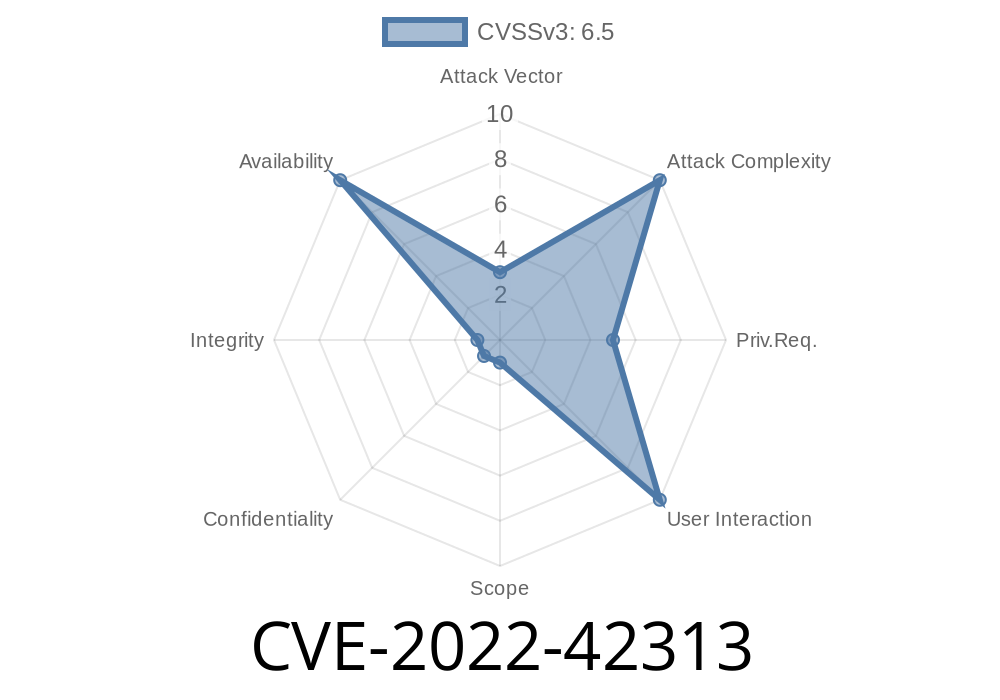The recently disclosed vulnerability in Xenstore, identified as CVE-2022-42313, has been causing concern among organizations relying on Xen virtualization. It has been discovered that malicious guests can exploit the vulnerability to force xenstored to allocate excessive amounts of memory, eventually leading to a Denial of Service (DoS) attack on xenstored. This blog post will delve into the details of the vulnerability, demonstrate code snippets illustrating the exploit, and provide links to original references.
Exploit Details
There are several ways through which guests can force large memory allocations in xenstored, all of which contribute to the same outcome: causing the xenstored to run out of memory and trigger a DoS. The major avenues to achieve this include:
1. Guests can issue new requests to xenstored without reading the responses. This causes the responses to be buffered in memory, consuming valuable resources.
import socket
`
2. Guests can create a large number of watch events by setting up multiple xenstore watches and then deleting many xenstore nodes below the watched path.
for i in range(num_watches)
xenstore.write(f"{path}/{i}", "some_value")
xenstore.watch(f"{path}/{i}", f"watch_{i}")
for i in range(num_nodes)
xenstore.rm(f"{path}/{i}")
`
3. Guests can create as many nodes as allowed, with maximum allowed size and path length, in as many transactions as possible.
long_value = "B" * max_path_length
xenstore.write(f"{path}/{long_key}", long_value)
`
4. Guests can access many nodes inside a transaction, consuming xenstored resources through repeated access.
for i in range(nodes_to_access)
xenstore.read(f"{path}/{i}", transaction=t)
Original References
- Xen Security Advisory CVE-2022-42313
- Xen Project Mailing List
Mitigation and Protection
Organizations can mitigate the risk posed by this vulnerability by promptly applying the security patches provided by the Xen project to their existing Xen installations. Moreover, it is essential to monitor the network and system performance of the host machines running Xen, to identify any unusual activities that could result from such an exploit.
In conclusion, CVE-2022-42313 poses a significant threat to the stability and reliability of Xen virtualization platforms, as it enables malicious guests to run xenstored out of memory and thus create a Denial of Service situation. It is crucial for organizations to be aware of these potential risks and take the necessary precautions to prevent any potential exploitation.
Timeline
Published on: 11/01/2022 13:15:00 UTC
Last modified on: 12/12/2022 20:08:00 UTC
